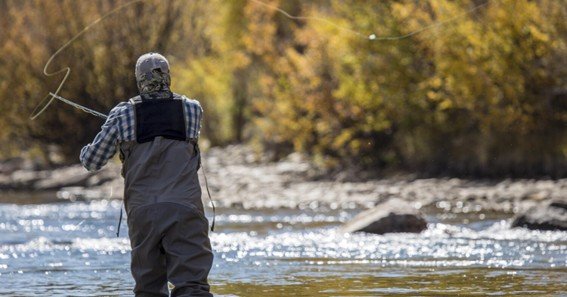Fly fishing is a rewarding pastime that requires skill and precision, but it also poses risks for hand injuries. Understanding these potential injuries and implementing preventive measures is crucial for maintaining both safety and enjoyment in the sport.
Common Hand Injuries in Fly Fishing
- Blisters: Result from prolonged friction between the hand and the rod handle or fly line.
- Cuts and Lacerations: These can occur from handling sharp equipment or fish with spiny fins.
- Line Burns: Happen when a swiftly moving fly line slides across the skin, causing friction burns.
- Tendonitis: Develops from repetitive casting motions, leading to inflammation in the tendons of the hand and wrist.
Prevention Strategies
- Wear Protective Gloves: Utilizing gloves can reduce friction, prevent blisters, and offer protection against cuts and line burns.
- Use Proper Casting Techniques: Employing smooth and controlled casting motions minimizes strain on hand and wrist tendons, reducing the risk of tendonitis.
- Select Appropriate Equipment: Choosing rods and reels that match your physical capabilities can decrease hand fatigue and the likelihood of injury.
- Warm-Up Exercises: Performing hand and wrist stretches before fishing can enhance flexibility and lower the risk of strains.
Treatment Approaches
- Blisters: Clean the affected area with fresh water, apply an antiseptic, and cover with a sterile bandage to prevent infection.
- Cuts and Lacerations: Rinse wounds thoroughly, disinfect, and dress appropriately. Seek medical attention for deep or severe cuts.
- Line Burns: Cool the burn with cold water, apply a soothing ointment, and cover with a clean bandage.
- Tendonitis: Rest the affected hand, apply ice to reduce inflammation, and consider over-the-counter anti-inflammatory medications. Persistent cases may require professional medical evaluation.
Ergonomic Considerations
Maintaining proper hand positioning and grip is vital. Holding the rod gently yet firmly, and adjusting your grip periodically, can distribute pressure evenly and prevent fatigue. Additionally, ensuring your equipment is ergonomically suited to your hand size and strength can further reduce injury risk.
FAQ
- What are the most common hand injuries in fly fishing?
Blisters, cuts, line burns, and tendonitis are prevalent among fly anglers. - How can I prevent blisters while fly fishing?
Wearing protective gloves and using proper casting techniques can significantly reduce the occurrence of blisters. - What should I do if I develop tendonitis from fly fishing?
Rest the affected area, apply ice, and use anti-inflammatory medications as needed. Consult a healthcare professional if symptoms persist. - Are there specific exercises to prevent hand injuries in fly fishing?
Yes, hand and wrist stretches before fishing can improve flexibility and decrease injury risk. - Is it necessary to wear gloves while fly fishing?
While not mandatory, gloves provide protection against various hand injuries and are highly recommended.
By adhering to these preventive measures and promptly addressing any injuries, fly fishing enthusiasts can maintain their hand health and fully enjoy the angling experience.










